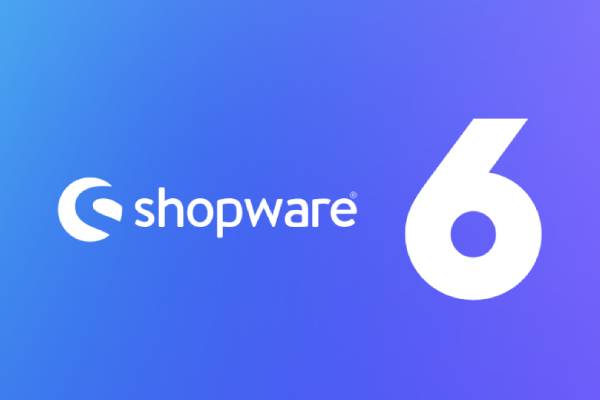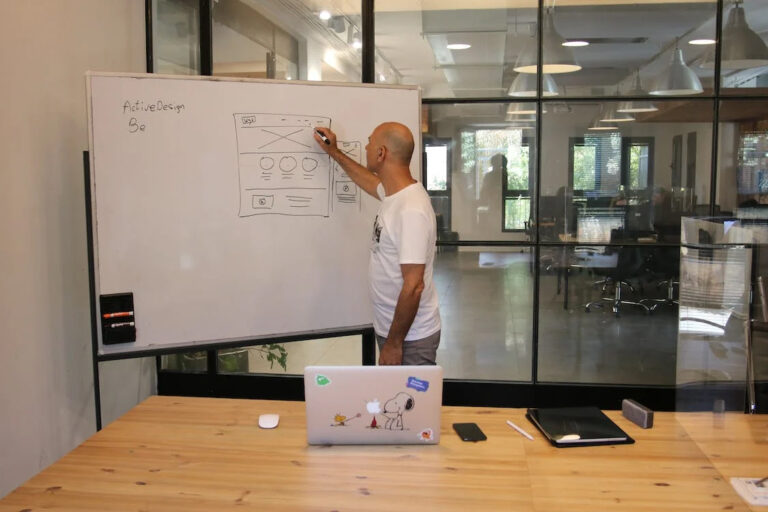
Choosing the Right Technology Stack for Your Web Application
The dynamic realm of web application development, one of the foundational decisions developers face is selecting the appropriate technology stack. This critical choice lays the groundwork for the entire development process, impacting factors such as scalability, performance, and maintainability. In this blog, we’ll explore the key considerations and best practices for choosing the right technology stack for your web application.
Understanding the Technology Stack
A technology stack, often referred to as a tech stack, is a combination of programming languages, frameworks, libraries, databases, and other tools used to build a web application. It comprises both frontend and backend components, each serving a specific purpose in the development process. Choosing the Right Technology Stack for Your Web Application
Factors to Consider
When evaluating potential technology stacks for your web application, several factors should inform your decision-making process:
- Project Requirements: Start by understanding the specific requirements of your project, including functionality, scalability, performance, and security needs. Consider factors such as real-time data processing, user interactivity, and integration with third-party services.
- Developer Expertise: Assess the skillset and familiarity of your development team with various programming languages and frameworks. Choosing technologies that your team is proficient in can streamline development and reduce learning curves.
- Community Support: Opt for technologies with robust developer communities and active support channels. Access to documentation, tutorials, and community forums can be invaluable resources when troubleshooting issues or seeking guidance.
- Scalability and Performance: Consider the scalability requirements of your web application, both in terms of user traffic and data volume. Choose technologies that can accommodate growth and deliver optimal performance under heavy loads.
- Security Considerations: Prioritize security throughout the development process by selecting technologies with built-in security features and robust authentication mechanisms. Regular updates and patches are essential to mitigate vulnerabilities and protect against cyber threats.
- Cost and Licensing: Evaluate the cost implications associated with licensing fees, hosting expenses, and ongoing maintenance for each technology stack. Open-source solutions may offer cost savings but require careful consideration of support options and long-term sustainability.
Common Components of a Technology Stack
A typical technology stack for web development comprises several layers, each serving a specific function:
- Frontend: The frontend layer is responsible for the user interface and client-side interactions. Common technologies include HTML, CSS, and JavaScript frameworks such as React, Angular, or Vue.js.
- Backend: The backend layer handles server-side logic, data processing, and database interactions. Popular backend languages and frameworks include Node.js, Python with Django or Flask, Ruby on Rails, and Java with Spring Boot.
- Database: The database layer stores and retrieves application data. Options range from traditional relational databases like MySQL and PostgreSQL to NoSQL databases such as MongoDB and Cassandra, depending on the specific data requirements and scalability needs.
- Infrastructure and Deployment: Infrastructure components such as web servers, cloud platforms, and containerization tools facilitate deployment and scaling of web applications. Technologies like AWS, Google Cloud Platform, Microsoft Azure, Docker, and Kubernetes play key roles in this layer.
Case Studies and Examples
To illustrate the decision-making process for selecting a technology stack, consider real-world case studies and examples of successful web applications built on different tech stacks. Analyze their architecture, performance metrics, and scalability strategies to glean insights for your own project. Choosing the Right Technology Stack for Your Web Application
Conclusion
Choosing the right technology stack for your web application is a pivotal decision that requires careful consideration of project requirements, developer expertise, scalability needs, security considerations, and cost implications. By conducting thorough research, evaluating potential options, and leveraging best practices, you can lay a solid foundation for building a robust, scalable, and high-performing web application that meets the needs of your users and business objectives.
Related Blog: Ecommerce Website Design & Development














